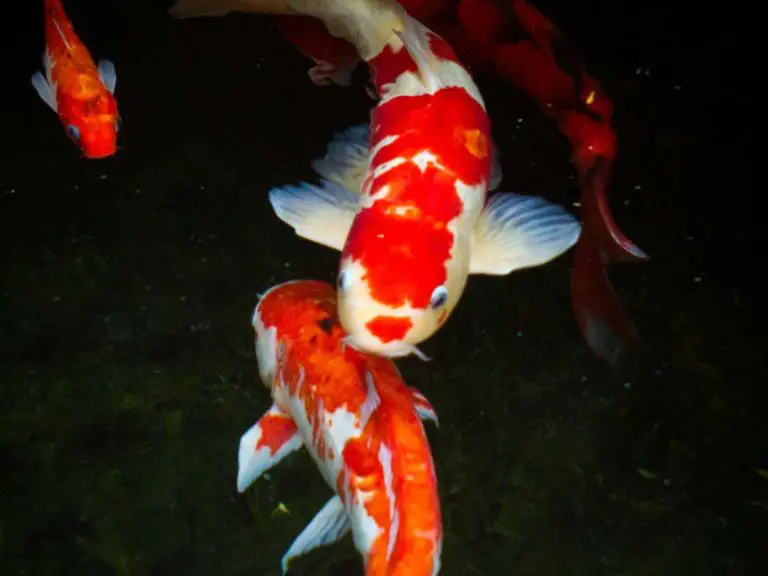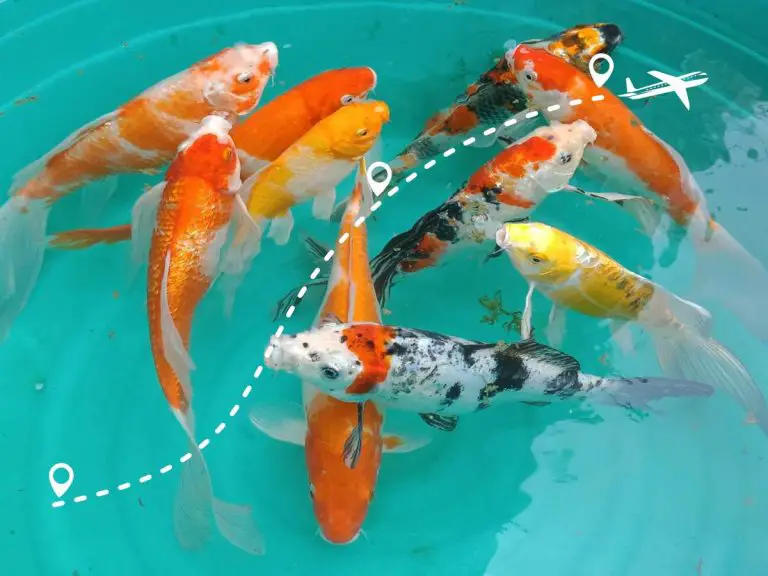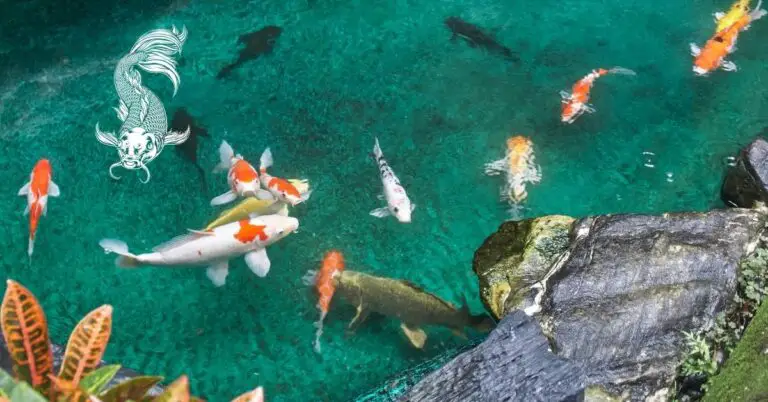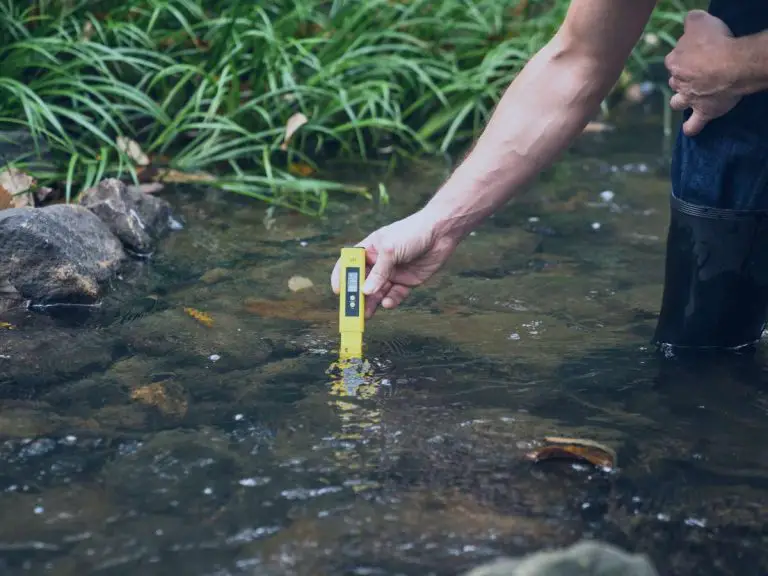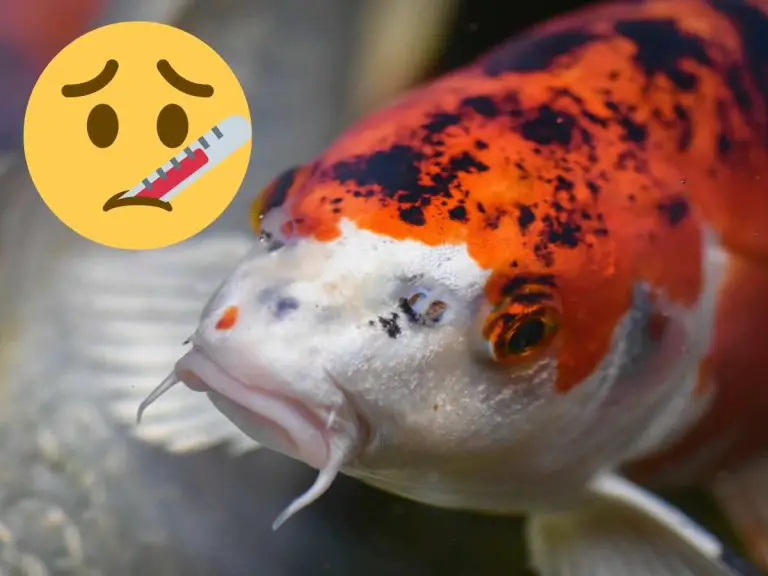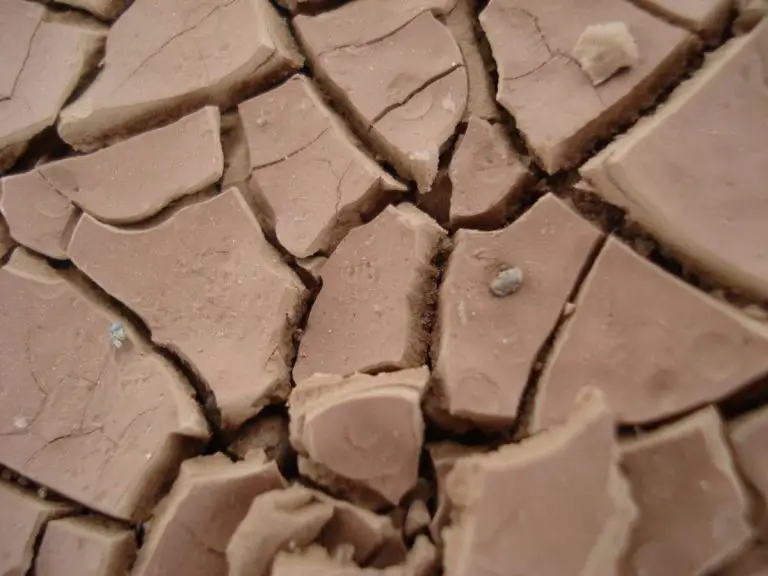Koi Pond Water Hardness Guide: Hard vs Soft & Maintaining Optimal Levels for Healthy and Vibrant Koi Fish
The ideal water hardness for a koi pond is a common concern among pond owners. We all want our koi fish to thrive and be healthy, so it’s important to maintain the right water conditions.
But what exactly is the optimal water hardness for a koi pond? Well, the answer isn’t so simple. It depends on various factors, such as the specific needs of your koi fish and the overall ecosystem of your pond.
So, if you’re wondering about the ideal water hardness levels for your koi pond, you’re in the right place. Keep reading to discover everything you need to know about water hardness and how it impacts your beloved koi fish and the pond you’ve worked so hard to maintain.
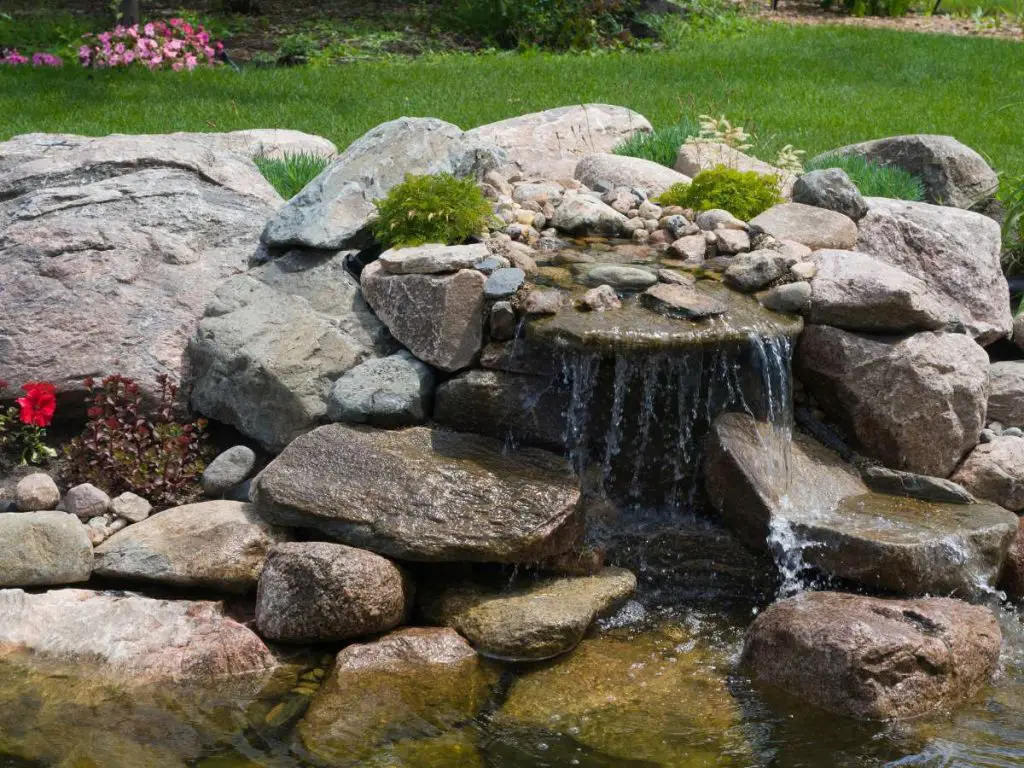
Understanding Water Hardness
Water hardness refers to the concentration of certain minerals, specifically calcium and magnesium, in your pond water. These minerals dissolve in water and can affect its overall quality. Hard water contains a higher concentration of these minerals, while soft water has lower levels.
Koi Pond Water Hardness Reference Table
| Water Hardness Level (ppm) | Description | Implications for Koi Ponds |
|---|---|---|
| 0-99 | Low Hardness: Insufficient minerals for koi health. | Risk of weak bones, deformities, and slower growth in koi. |
| 100-300 | Ideal Hardness: Optimal range for most koi varieties. | Provides necessary minerals for skeletal development, metabolism, and immune health. |
| 301-500 | High Hardness: Excessive mineral content. | Potential for mineral deposits on koi gills and fins, leading to respiratory issues and reduced oxygen intake. |
| 500 & above | Very High Hardness: Extremely high mineral concentration. | Increased risk of respiratory problems, reduced oxygen intake, and other health issues in koi. |
Factors to Monitor:
- Water Source: Hard water sources may require softening or adjustments.
- pH Level: Aim for a slightly alkaline pH level of 7.2 to 7.6 for optimal koi health.
- Koi Varieties: Some koi, like Gosanke and Showa, have specific hardness sensitivities.
Ways to Monitor Water Hardness In Your Koi Pond
There are different ways to measure water hardness, but the most common method is using the “parts per million” (ppm) or “milligrams per liter” (mg/L) scale. This scale determines the amount of calcium carbonate in the water, which serves as a unit of measurement for water hardness.
When we talk about water hardness, it’s important to distinguish between two forms: temporary hardness and permanent hardness. Temporary hardness is caused by the presence of bicarbonate ions (HCO3-) in the water, which can be removed by boiling the water. Permanent hardness, on the other hand, is caused by other minerals such as calcium sulfate (CaSO4) and cannot be removed through boiling.
Understanding water hardness is crucial for maintaining a healthy koi pond. Koi fish have specific requirements, and the hardness of the water they live in can greatly impact their overall health and well-being. Different species of koi may have slightly different preferences, but generally, koi thrive in water that is moderately hard.
Recommended Water Hardness Levels for Koi Ponds
When it comes to keeping koi fish in a pond, maintaining the ideal water hardness is crucial for their health and overall well-being. The right water hardness level ensures that the koi fish thrive and grow to their full potential. So, what is the recommended water hardness for a koi pond?
Ideal Water Hardness Range for Koi Ponds
The ideal water hardness range for a koi pond varies depending on several factors, including the specific species of koi, the water source, and the environmental conditions. Generally, a water hardness level in the range of 100 to 300 parts per million (ppm) is considered suitable for koi fish. This range provides the necessary minerals and nutrients for their growth and overall health.
However, it’s important to note that individual koi fish may have different tolerances to water hardness. Some koi varieties, such as the Gosanke and Showa, are more sensitive to water hardness than others. Therefore, it’s essential to monitor and adjust the water hardness level based on the specific needs of your koi fish.
Factors Affecting Water Hardness Requirements for Koi
Several factors can influence the water hardness requirements for koi fish. One significant factor is the water source. If your pond is supplied with hard water from a well or has high mineral content, you may need to take additional steps to soften the water or adjust its hardness level.
Another factor to consider is the pH level of the water. Koi fish thrive best in water with a slightly alkaline pH level of around 7.2 to 7.6. If the pH level becomes too acidic or too alkaline, it can affect the water hardness and may have adverse effects on the koi fish.
The Impact of Water Hardness on Koi Fish Growth and Overall Health
Water hardness plays a crucial role in the growth and overall health of koi fish. Adequate water hardness provides the necessary calcium and magnesium ions that koi fish need for their skeletal development. It also supports proper metabolism and helps maintain a healthy immune system.
Insufficient water hardness can lead to weak bones, deformities, and slower growth in koi fish. On the other hand, excessive water hardness can cause mineral deposits on the koi’s gills and fins, leading to respiratory problems and reduced oxygen intake. Therefore, maintaining the right water hardness level is vital for the well-being and longevity of your koi fish.
Comparing Hard and Soft Water in Koi Ponds
In the realm of koi pond management, the distinction between hard and soft water is pivotal. Both types of water have unique characteristics that can influence the health and well-being of koi.
Hard Water
Characterized by its high mineral content, primarily calcium and magnesium, hard water is often sourced from regions with abundant limestone or other mineral-rich formations. For koi ponds, there are several implications:
- Benefits: The minerals present in hard water are essential for koi, aiding in bone and scale development. This ensures robust skeletal structures and vibrant, healthy scales.
- Drawbacks: Excessive hardness can lead to mineral deposits on pond equipment, such as pumps and filters. This scaling can reduce equipment efficiency and lifespan. Additionally, very hard water can make pH adjustments challenging, potentially stressing the koi.
Soft Water
Soft water has minimal dissolved minerals. It might be naturally occurring in some regions or result from water treatments that remove mineral content. In the context of koi ponds:
- Benefits: Soft water reduces the risk of mineral buildup on pond equipment, ensuring longer equipment life and fewer maintenance issues.
- Drawbacks: The lack of essential minerals can be detrimental to koi health, depriving them of nutrients necessary for optimal growth. Furthermore, soft water’s reduced buffering capacity can lead to rapid pH swings, which are harmful to koi.
Testing Water Hardness in a Koi Pond
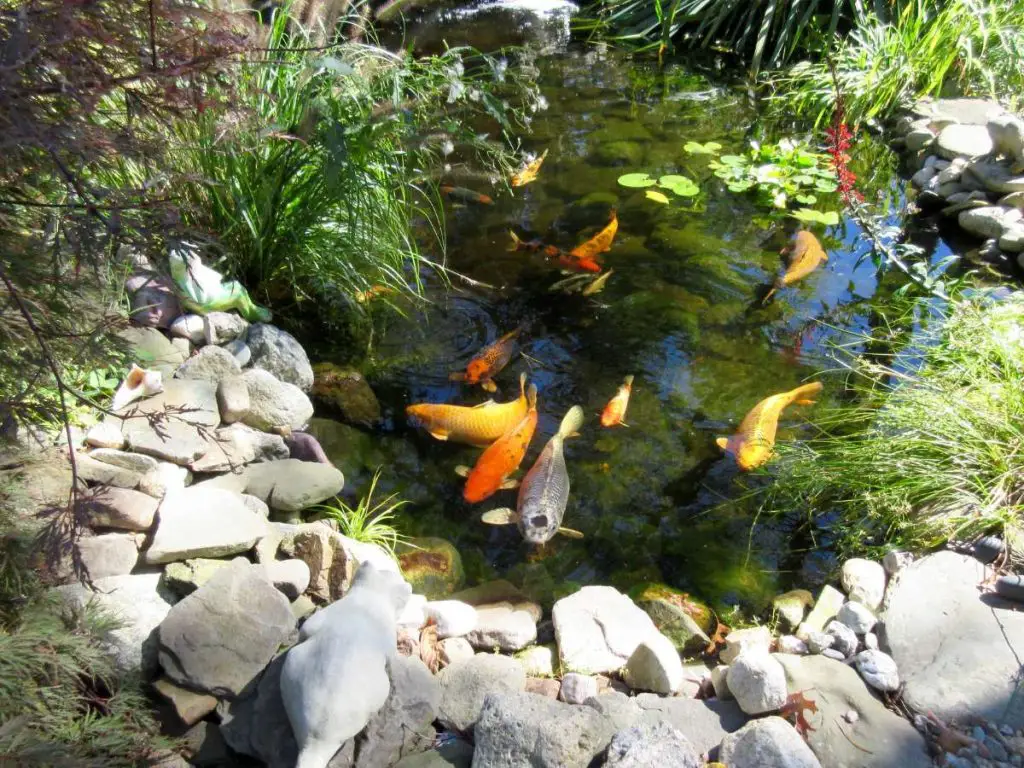
Testing the water hardness in your koi pond is an essential step in maintaining a healthy environment for your fish. Regular testing allows you to monitor the levels and make any necessary adjustments to ensure optimal conditions.
There are different methods available for testing water hardness, each with its own pros and cons. One common method is using a test kit that utilizes color-coded test strips. These strips are dipped into the pond water and change color according to the hardness level. The color is then matched with a chart to determine the exact value. This method is relatively quick and easy to use, making it suitable for regular testing.
Another method involves using a liquid test kit that uses a reagent to measure the hardness level of the water. This method tends to be more accurate than the test strips, but it requires a bit more time and effort to perform the test.
| Testing Method | Description | Pros | Cons |
|---|---|---|---|
| Color-coded Test Strips | Strips that change color when dipped in pond water, indicating hardness level. | Quick and easy to use; Suitable for regular testing. | May be less accurate than liquid test kits. |
| Liquid Test Kit | Uses a reagent to measure water hardness, requiring a sample of pond water for testing. | More accurate than test strips. | Takes more time and effort to perform. |
Testing Frequency Recommendations:
- Regular Schedule: At least once a month.
- After Changes: If there have been any alterations in the pond, water source, or water chemistry.
- After Adding New Fish: To ensure the water conditions are still optimal.
- Health Concerns: If any koi exhibit health issues, test the hardness to rule out water quality as a factor.
Record Keeping Tips:
- Always note down test results to track fluctuations over time.
- Maintain a log of changes made to the pond environment or water chemistry.
- Document any new additions to the pond, such as fish or plants, and their potential impact on water hardness.
Other Recommendations
It’s recommended to test the water hardness in your koi pond at least once a month, especially if there have been any recent changes in the pond or the water source. However, certain circumstances may necessitate more frequent testing.
For example, if you’ve made changes to the water chemistry, added new fish, or experienced any health issues with your koi, it’s a good idea to test the hardness more frequently to ensure everything is within the desired range.
Once you have the test results, it’s important to record them and track any fluctuations over time. This will help you identify patterns and make adjustments accordingly. Additionally, it’s a good practice to keep a log of any changes you make to the water chemistry or pond environment, as this can also impact the water hardness levels.
Adjusting Water Hardness in a Koi Pond
Adjusting the water hardness in a koi pond is an essential aspect of pond management. Whether you need to increase or decrease the hardness, there are several techniques you can employ to achieve the desired levels.
Techniques for increasing water hardness
To increase water hardness, one commonly used method is to add specific additives and minerals to the pond. These additives contain essential minerals like calcium and magnesium, which help raise the hardness levels. It’s important to use additives specifically designed for koi ponds and to follow the recommended dosages for optimal results.
Another method is the introduction of limestone or shells into the pond. These natural materials release minerals gradually, increasing the water hardness over time. Be sure to choose high-quality limestone or shells that are safe for koi fish and do not contain harmful contaminants.
Adjusting the pH levels can also influence water hardness. Higher pH levels tend to increase water hardness, so you can raise the pH using products specifically formulated for adjusting pH in ponds. However, it’s crucial to monitor the pH levels regularly to ensure they remain within the suitable range for koi fish.
Techniques for decreasing water hardness
If you find that the water hardness in your koi pond is too high, there are several techniques you can employ to lower it. One method is diluting the pond water with Reverse Osmosis (RO) water.
RO water has a lower mineral content, which can help lower the overall hardness. Keep in mind that dilution may affect other water parameters, so it’s important to monitor and adjust accordingly.
Another option is the use of acidifiers specifically designed for pond use. Acidifiers can help lower the pH levels, which often results in decreased water hardness. However, it’s essential to follow the instructions provided and avoid sudden and significant pH changes, as they can negatively impact the koi fish.
Just like when increasing hardness, adjusting pH levels can also play a role in decreasing water hardness. Lowering the pH slightly can help lower the overall water hardness. However, it’s important to carefully monitor the pH levels and maintain them within the suitable range for koi fish to prevent any adverse effects.
Managing Water Chemistry in a Koi Pond
When it comes to maintaining a healthy koi pond, managing water chemistry is of utmost importance. A balanced pond ecosystem not only ensures the well-being of your koi fish but also enhances the overall attractiveness of your pond.
Importance of overall water chemistry management
Water chemistry encompasses various factors such as pH levels, ammonia, nitrite, and nitrate levels, as well as water hardness. All these elements work together to create a suitable environment for your koi to thrive. Ignoring or neglecting water chemistry can lead to numerous problems, including stressed-out fish and high vulnerability to diseases.
Considerations for maintaining a balanced pond ecosystem
One key consideration for maintaining a balanced pond ecosystem is the biological filtration system. This system helps break down harmful substances and promotes the growth of beneficial bacteria that assist in natural waste removal. Adequate filtration, including mechanical and biological filtration, can help mitigate chemical imbalances and prevent drastic changes in water chemistry.
The role of filtration and water circulation
Filtration plays a vital role in managing water chemistry by removing excess nutrients and maintaining a stable environment. A good filtration system, coupled with proper water circulation, helps distribute oxygen and nutrients throughout the pond. It also prevents stagnant pockets and stratification, which can cause variations in water chemistry and negatively impact the health of your koi.
Effects of High Water Hardness on Koi Fish
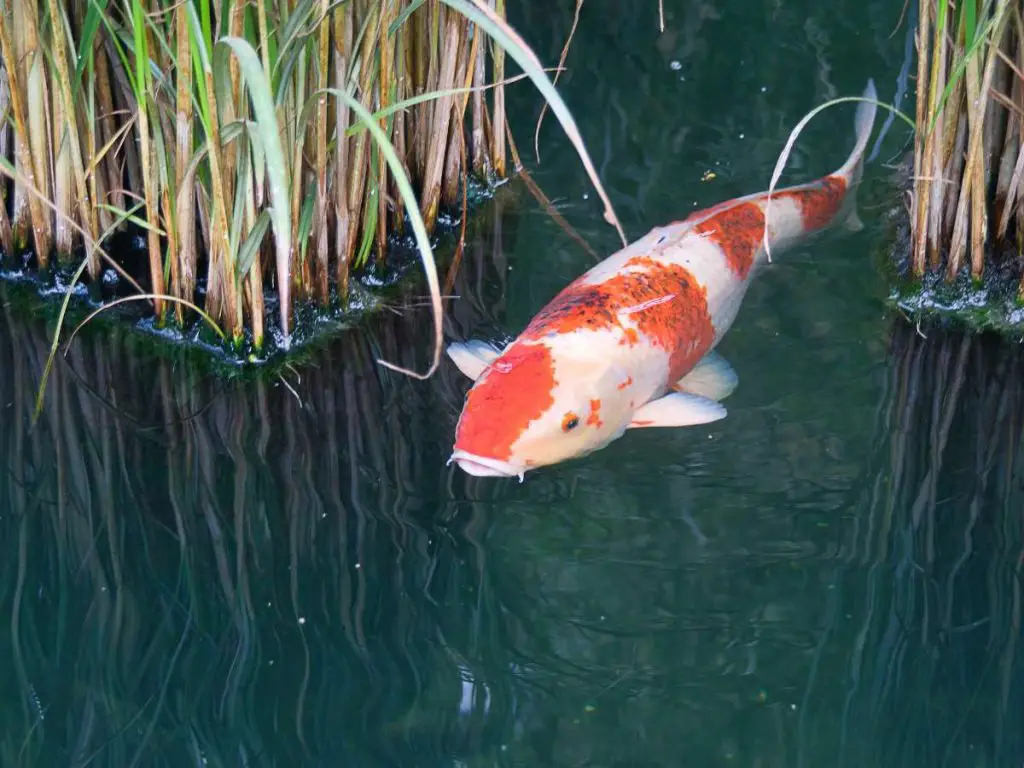
High water hardness can have detrimental effects on the health and well-being of koi fish. These effects can range from mild stress to more serious health problems. It’s important for pond owners to understand the potential issues associated with high water hardness and take steps to prevent and manage them.
Potential health problems caused by high water hardness
When the water hardness in a koi pond is too high, it can lead to various health problems for the fish. One of the main issues is that high hardness levels can interfere with the fish’s ability to regulate osmotic balance. This can result in stress on their organs and can even lead to organ failure in extreme cases. Additionally, high water hardness can affect the fish’s gill function, causing respiratory problems and making them more susceptible to external parasites and infections.
Symptoms and signs of koi stress due to excessive hardness levels
Koi fish that are experiencing stress due to high water hardness may exhibit certain symptoms and signs. One common sign is a decreased appetite. Fish may also become sluggish and less active. You may notice their colors fading or becoming dull, and they may show signs of fin erosion or damage. In severe cases, koi may develop lesions or ulcers on their body. It’s important to monitor your fish closely and look out for any of these signs, as they can indicate a problem with water hardness levels.
Prevention and management of high water hardness conditions
If you suspect that your koi pond has high water hardness levels, there are steps you can take to prevent and manage this issue. The first line of defense is regular testing of water hardness levels, as this will allow you to catch any imbalances early on. If high hardness levels are detected, there are various methods for reducing hardness. Diluting the water with Reverse Osmosis (RO) water is one option, as it is typically low in minerals. Another method is the use of acidifiers to lower the pH levels, which can help reduce water hardness. It’s important to carefully monitor and adjust the water chemistry to ensure the well-being of your koi fish.
Water Hardness vs. Alkalinity (KH) in Koi Ponds
Water quality is paramount in maintaining a healthy koi pond, and two critical parameters to understand are water hardness and alkalinity, often referred to as KH. While they might seem similar, they serve different roles in the aquatic environment.
Water Hardness
Water hardness primarily refers to the concentration of dissolved calcium and magnesium ions in the water. These minerals typically originate from rocks and soils, such as limestone and dolomite, that the water comes into contact with. Hardness is often categorized into two types:
- General Hardness (GH): This measures the total concentration of calcium and magnesium ions. High GH levels can lead to mineral deposits on pond equipment and can affect the osmoregulation in fish, potentially causing health issues.
- Carbonate Hardness (KH): This is a subset of general hardness and specifically measures the concentration of carbonate (CO₃²⁻) and bicarbonate (HCO₃⁻) ions.
Alkalinity (KH)
Alkalinity, often referred to as KH or carbonate hardness, gauges the water’s ability to neutralize acids and resist pH changes. In essence, it’s the water’s buffering capacity. A stable pH is vital for koi health, as drastic pH swings can stress or even be fatal to the fish. KH plays a direct role in this stabilization. The primary contributors to alkalinity are the carbonate and bicarbonate ions.
Why It Matters
Understanding the distinction between water hardness and alkalinity is crucial for several reasons:
- Fish Health: Both GH and KH levels can impact the health of koi. While GH affects osmoregulation, KH ensures a stable pH, preventing harmful fluctuations.
- Pond Equipment: Excessively hard water can lead to mineral deposits on pumps, filters, and other pond equipment, reducing their efficiency and lifespan.
- Plant Health: Water hardness can influence the availability of certain nutrients essential for aquatic plants.
Final Thoughts
Water hardness is a crucial factor in maintaining a healthy and thriving koi pond. Throughout this article, we have explored the ideal water hardness levels for koi fish, the importance of testing and adjusting water hardness, and the potential effects of high hardness levels on koi health.
Key Takeaways:
- Water hardness is the measure of mineral content in water, and it has both temporary and permanent forms.
- An ideal water hardness range for koi ponds exists, but it can vary depending on several factors such as the pond’s size and the koi’s age and breed.
- Regular testing of water hardness is essential to ensure the pond’s conditions are suitable for koi fish.
- There are various methods for adjusting water hardness, including the use of additives, introduction of minerals, and pH level adjustments.
- Managing overall water chemistry is crucial for maintaining a balanced pond ecosystem.
- High water hardness can lead to health problems for koi fish, including stress and weakened immune systems.
- Preventing and managing high water hardness conditions is important for the overall health and success of koi ponds.
By understanding water hardness and its implications for koi pond health, you can ensure a conducive environment for your beloved fish. Remember to regularly test and adjust water hardness levels to create the ideal conditions for your koi to thrive. With proper care, your koi pond can be a beautiful and vibrant oasis of tranquility in your backyard.
Related Questions
What are some signs that my koi pond water is too hard?
Some signs that your koi pond water may be too hard include excessive algae growth, white scaling on surfaces, and poor overall koi fish health. Regular water hardness testing can help you determine if the levels need adjustment.
Can I use tap water in my koi pond without testing the hardness?
It is recommended to always test the hardness of tap water before using it in your koi pond. Tap water hardness can vary depending on the source, and without testing, you may unknowingly introduce water with inappropriate hardness levels for your koi fish.

